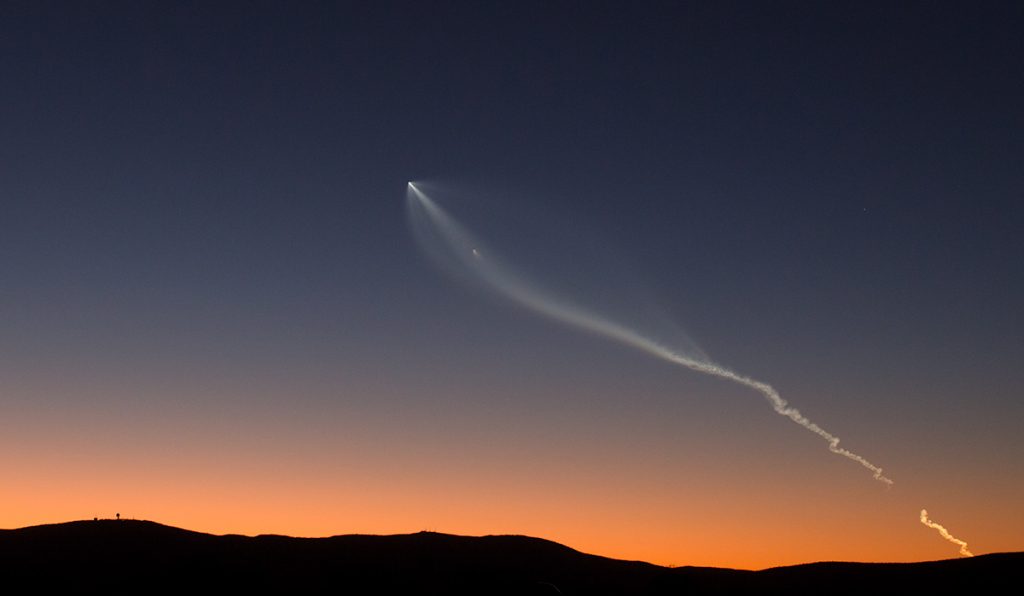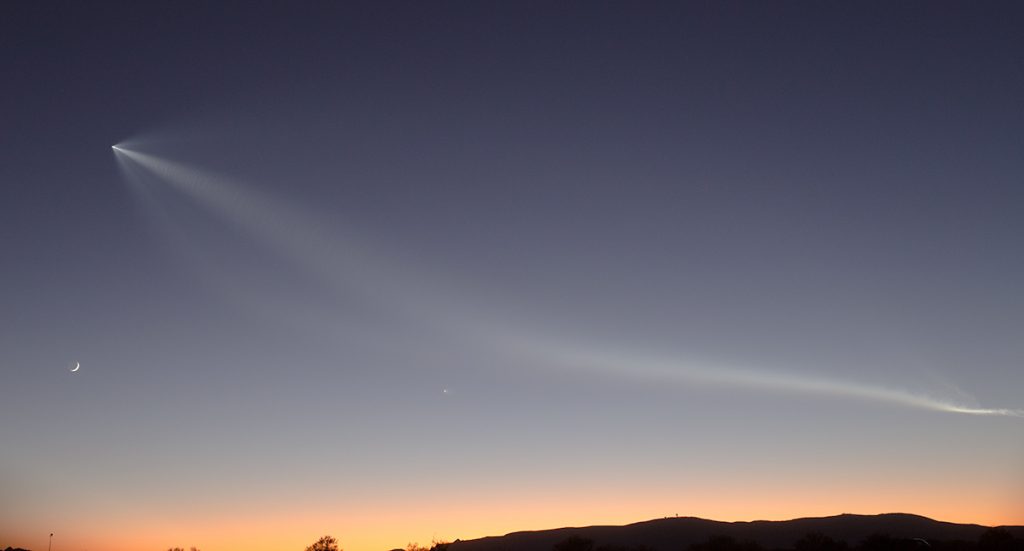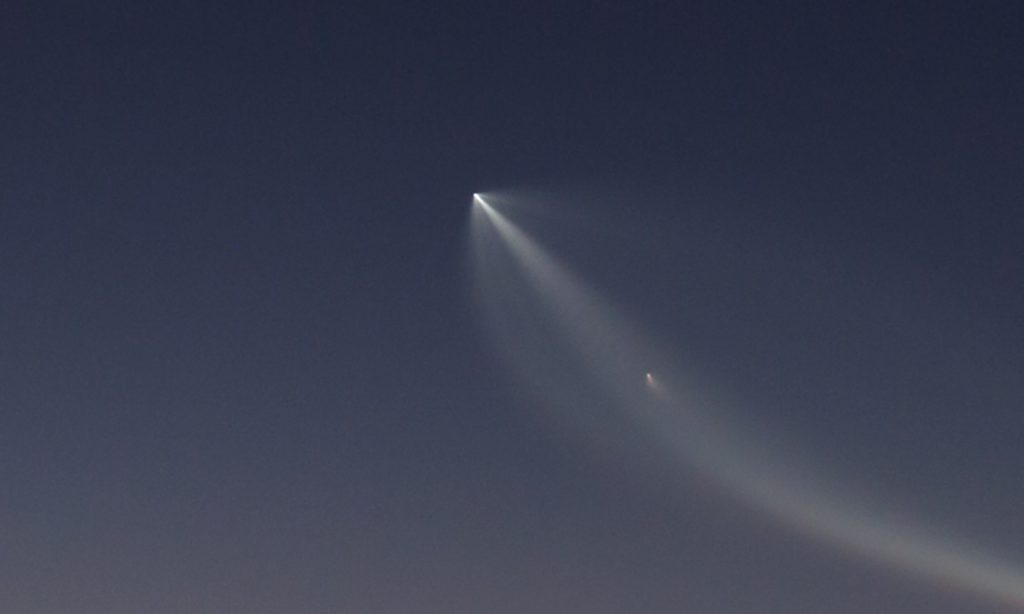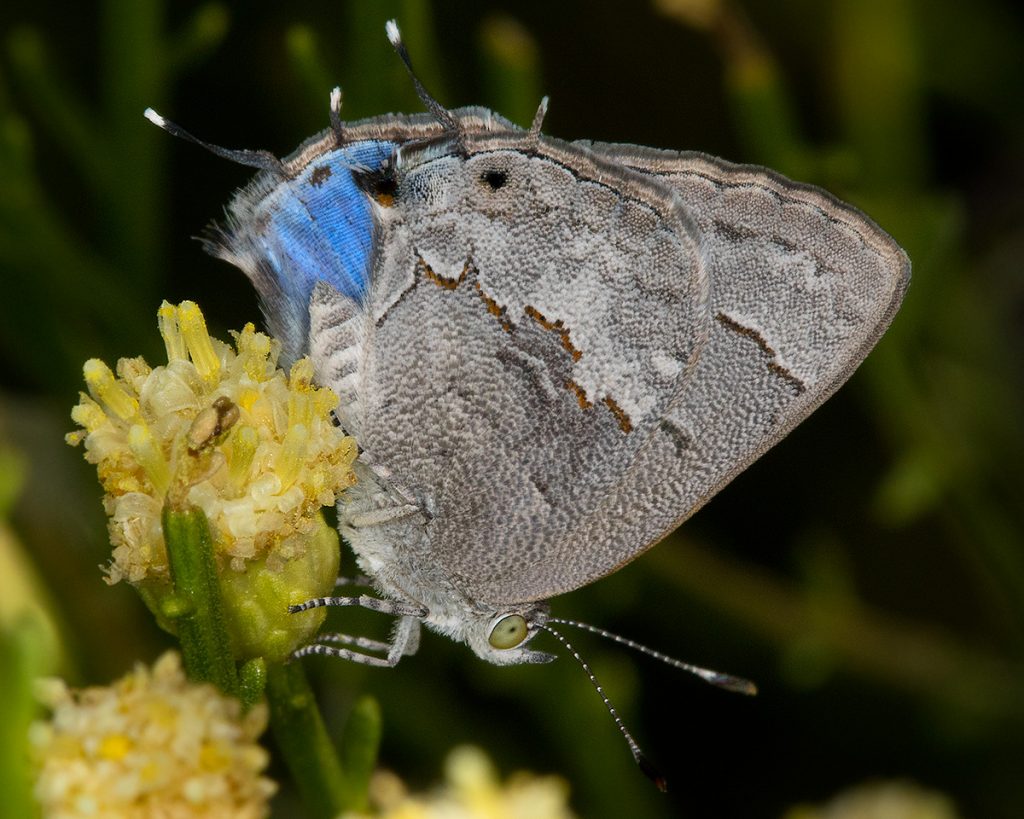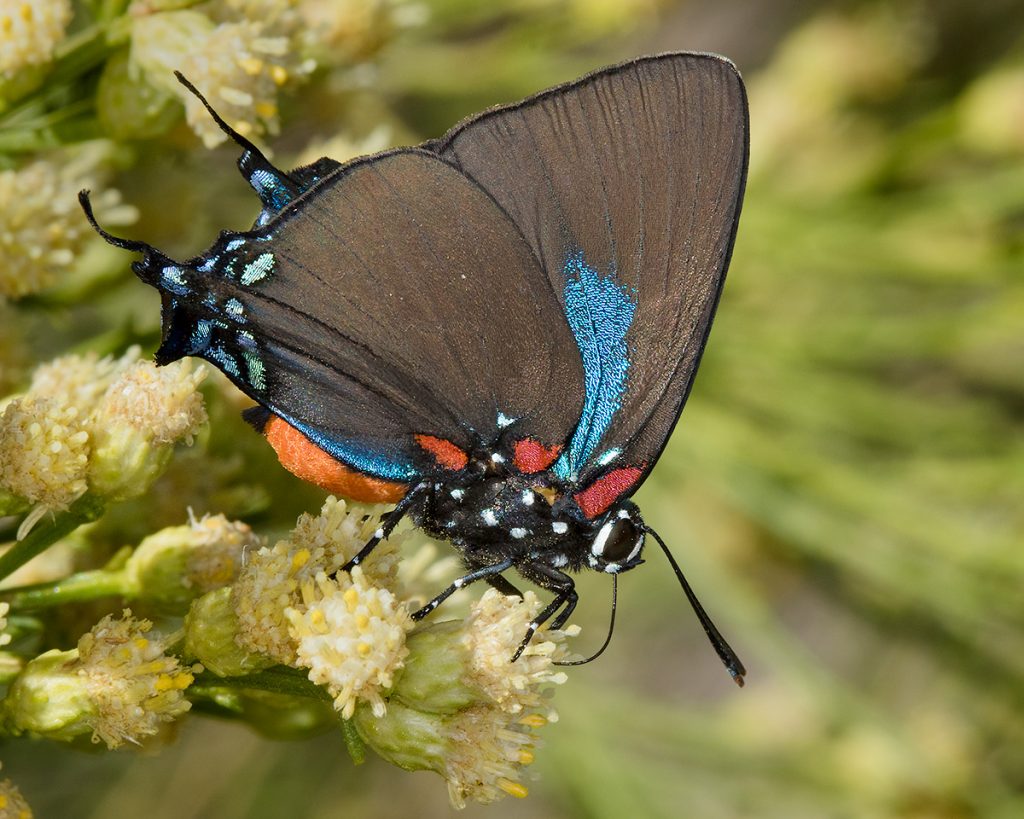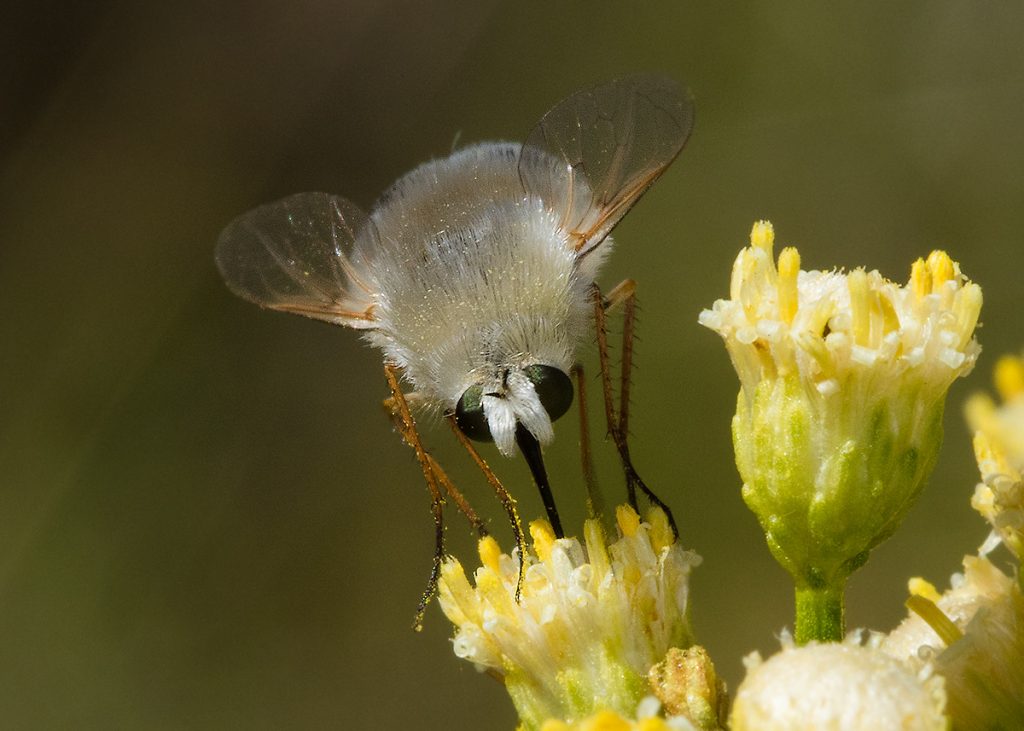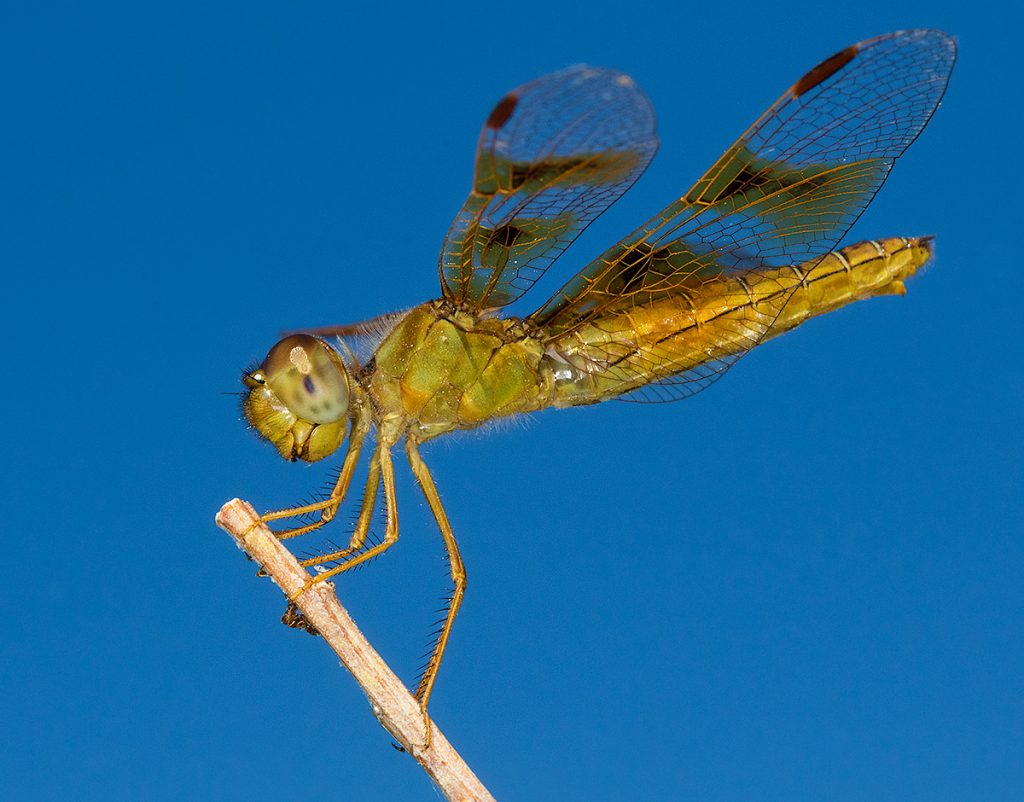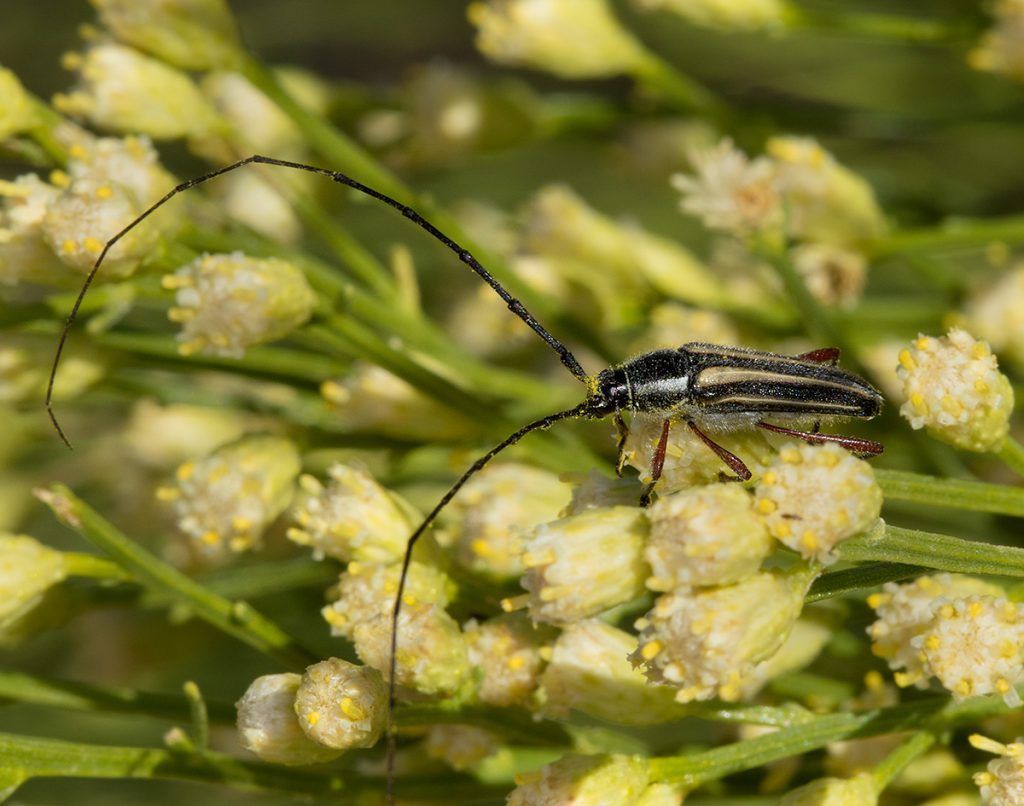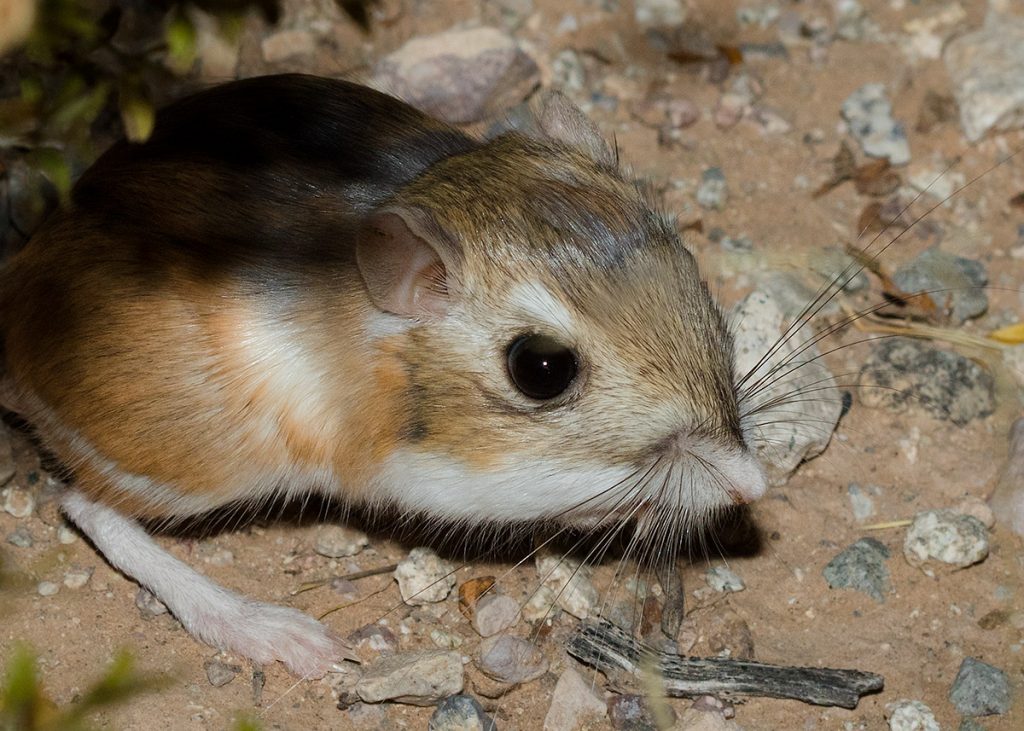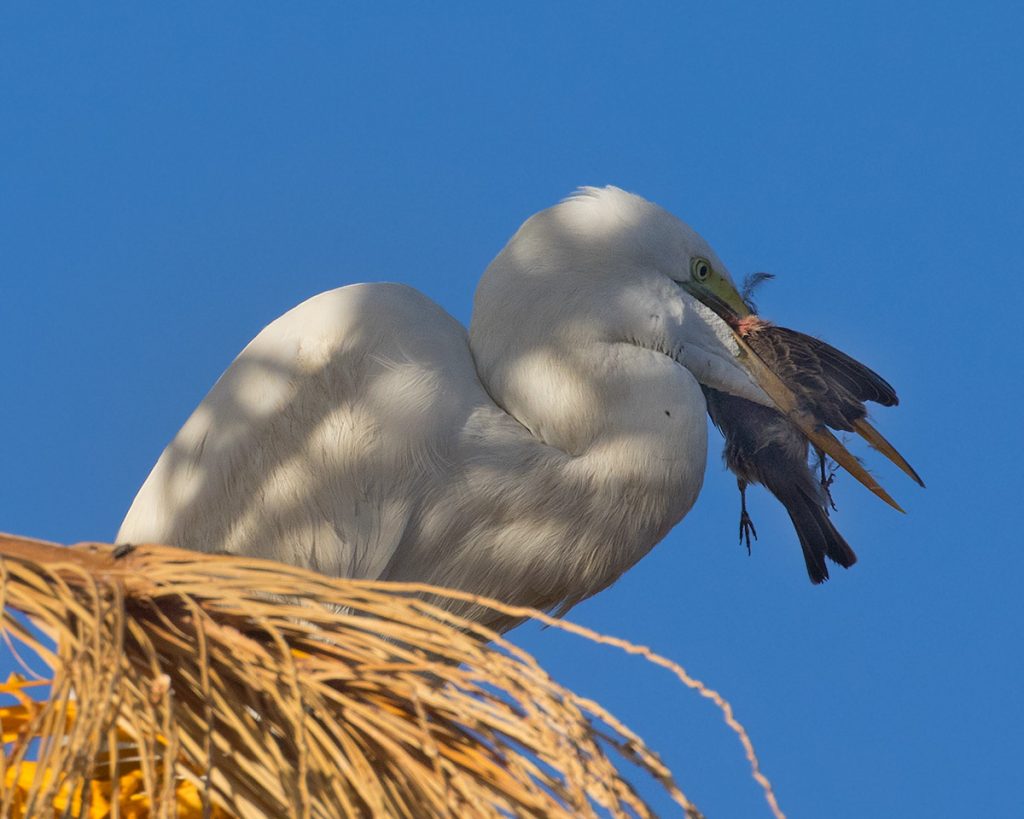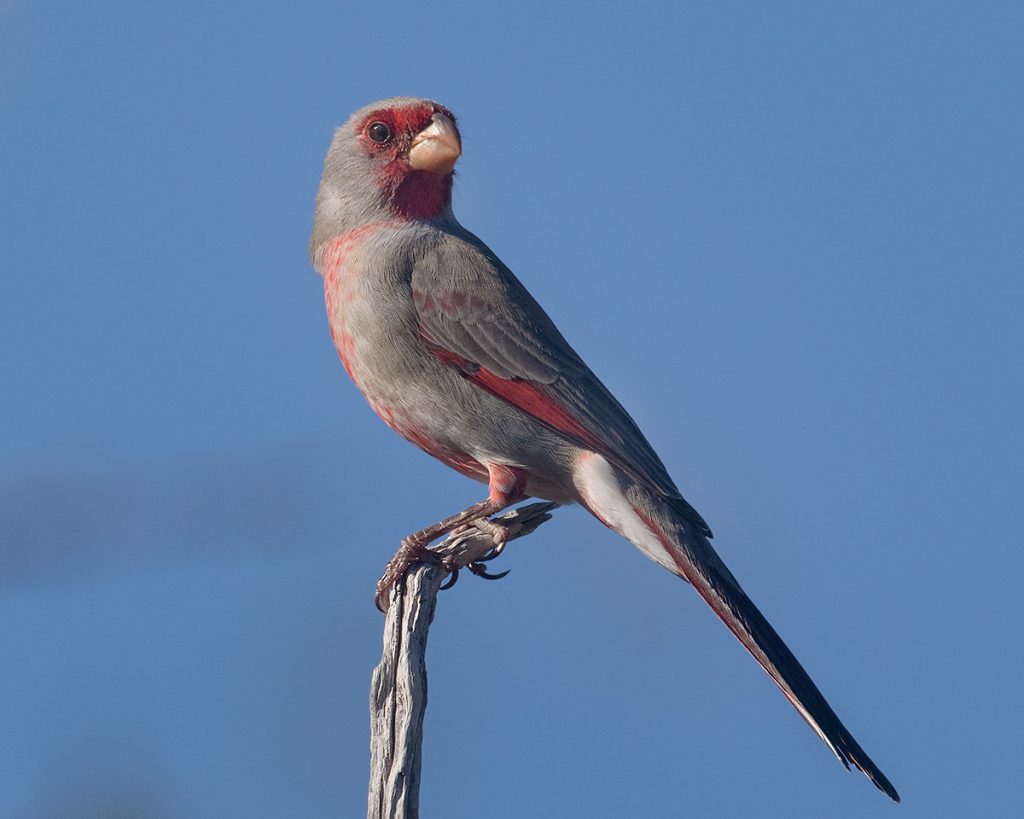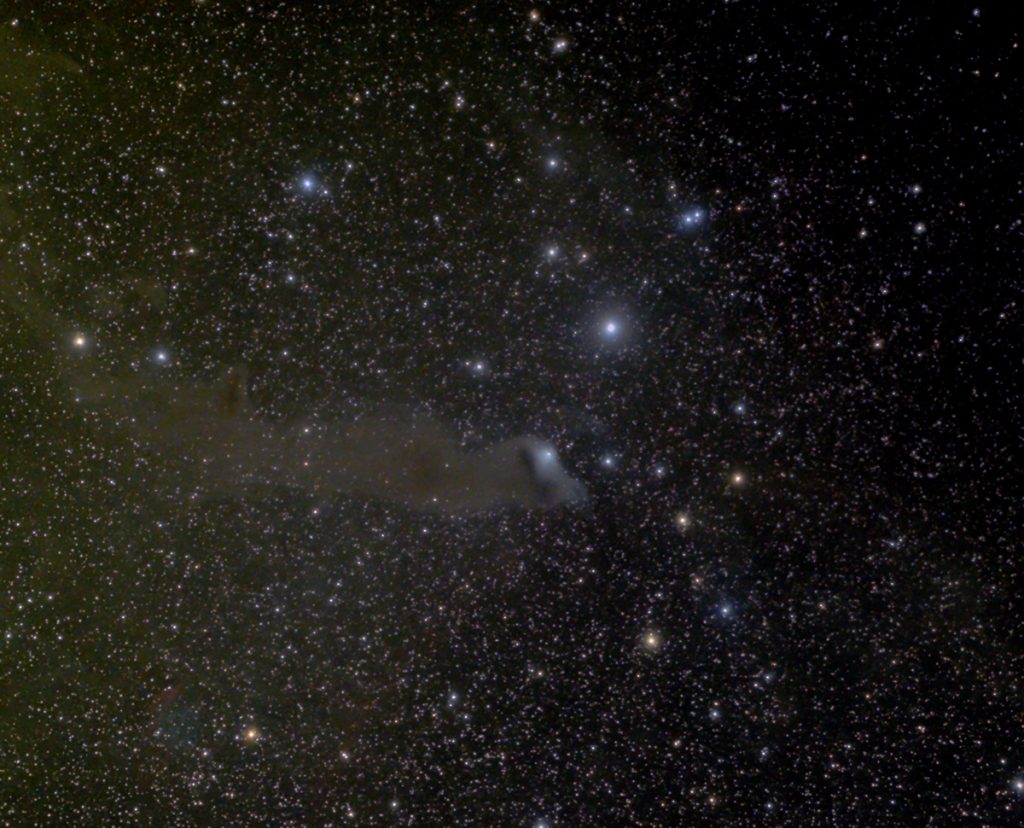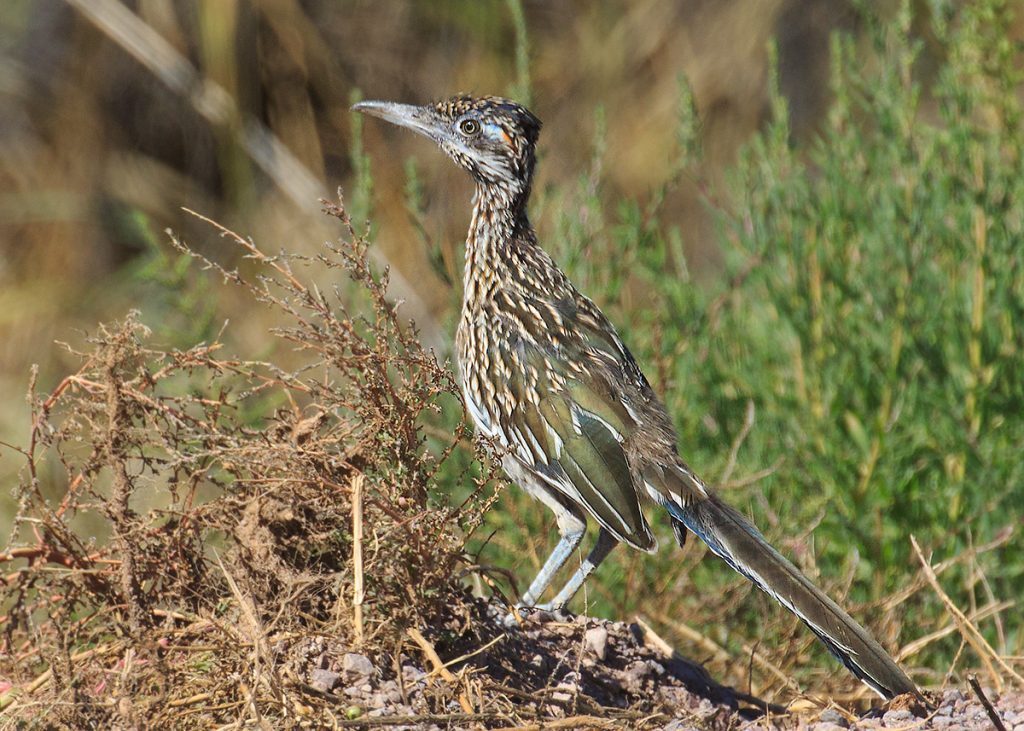It was December of 2017 when I saw my first nighttime rocket launch from Vandenberg Air Force Base. I had no idea what it was and was not prepared for photos. I managed to get a few that were handheld and poorly focused, which can be seen at this LINK. Since then, I’ve been waiting for another opportunity and last night I got it. I have subscribed to Launch Alert and I knew this one was coming. Vandenberg AFB is now Vandenberg Space Force Base, it is about 500 miles west, on the California coast. This rocket is a Space X Falcon 9 that was launching 53 Starlink satellites into orbit. The timing of the launch put the rocket and the exhaust in the light of the setting sun while I was far enough east where it was dark enough to see it. I was set up with the Canon 6D and 35mm Sigma lens on a tripod.

